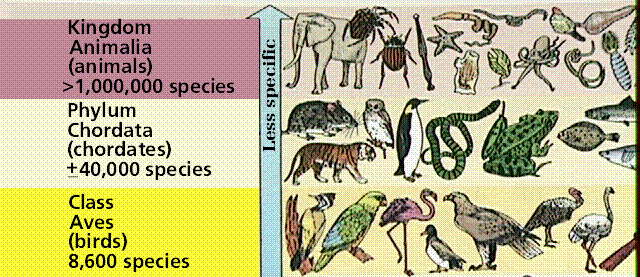If you are searching about Bacteria | Bacterial Cells | Bacteria are useful and Harmful - PrepArmy you've came to the right place. We have 9 Images about Bacteria | Bacterial Cells | Bacteria are useful and Harmful - PrepArmy like LON-CAPA Biological Diversity I, Environmental Science: Principles of Ecology: Biotic Interaction and also Interactions between Species - Life Under Your Feet. Here you go:
Bacteria | Bacterial Cells | Bacteria Are Useful And Harmful - PrepArmy
 preparmy.com
preparmy.com bacteria bacterial cells cell tetani clostridium monera structure harmful parts prokaryotic characteristics microbiology general does useful function diagram labelled microorganisms
LON-CAPA Biological Diversity I
 s10.lite.msu.edu
s10.lite.msu.edu diversity species biological biology animalia science animal chart kingdoms higher inclusivity classification class ranks taxonomic creatures deal types than them
Two To Five Kingdom Classification Systems (F.Sc-Biology)
 desktopclass.com
desktopclass.com kingdoms whittaker drzewo bakteri życia baldauf zwierzęta organizmów
Predation ( Read ) | Biology | CK-12 Foundation
 www.ck12.org
www.ck12.org predation biology species fox foundation interact common different way most
Interactions Between Species - Life Under Your Feet
web soil example species interactions between foodweb under feet
Amoeba - Wikidoc
.png) www.wikidoc.org
www.wikidoc.org amoeba anatomy wikidoc
Halophiles: Definition, Examples & Classification - Video & Lesson
 study.com
study.com halophiles
Spirituality, Dreams And Prophecy: The Universal Order Of Plants - By
 dream-prophecy.blogspot.com
dream-prophecy.blogspot.com tree classification plants kingdoms biology domains hierarchy project six taxonomy diagram species things building concept three animal trees order invertebrates
Environmental Science: Principles Of Ecology: Biotic Interaction
 www.flexiprep.com
www.flexiprep.com biotic mutualism flexiprep symbiosis nios
Halophiles: definition, examples & classification. Tree classification plants kingdoms biology domains hierarchy project six taxonomy diagram species things building concept three animal trees order invertebrates. Predation biology species fox foundation interact common different way most